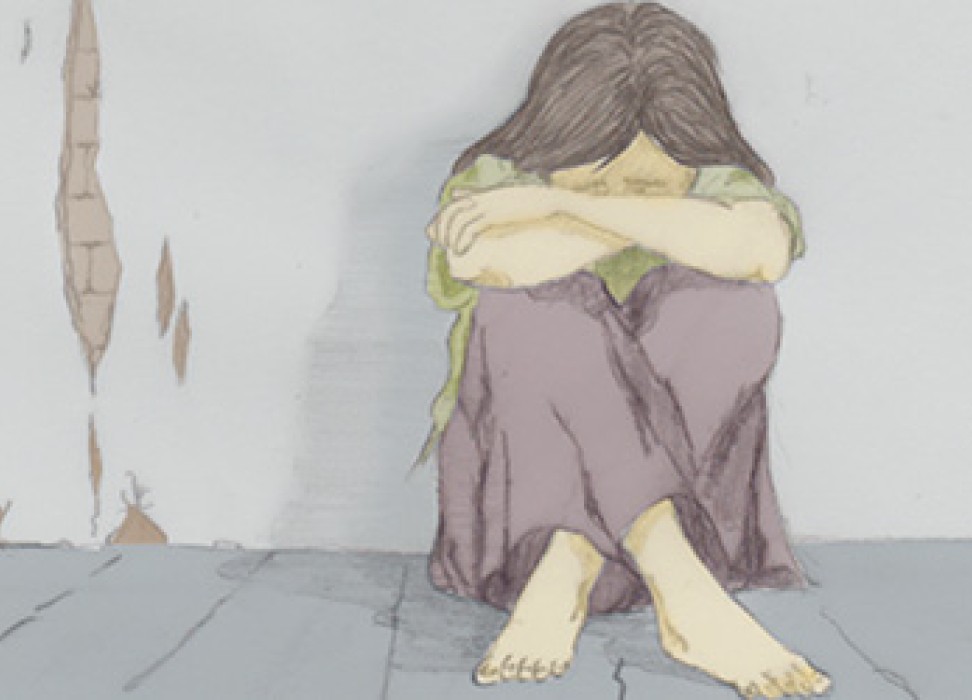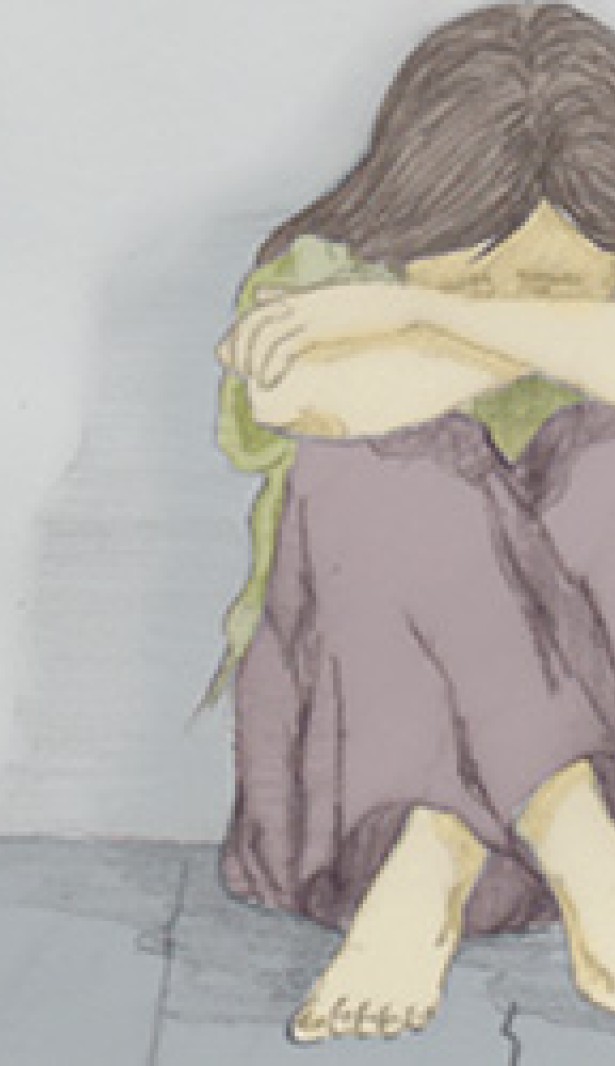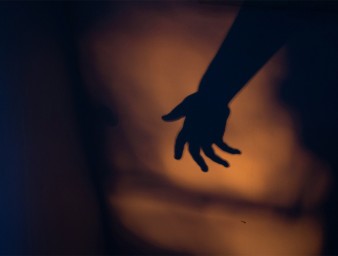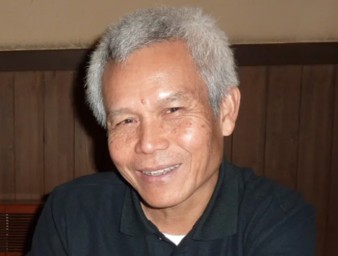From horror to healing
01 April 2016

Jana’s* burdens are heavy. She carries the false guilt victims of torture share. Even after months of therapy she is convinced her father died because of her.
At only 10 years old, Jana was arrested by the Syrian army in Darra in order to pressure her father to turn himself in. She was one of many boys and girls arrested, the youngest five years old and the oldest only 11. Their 22-day ordeal in the darkness of a dungeon changed them forever.
Jana’s story is one of nine featured in a new publication, From Horror to Healing: A life-saving journey supported by the UN Fund for Victims of Torture, which showcases personal stories of both victims of torture and the practitioners who help them heal and reclaim their lives and rights.
The testimonies were collected from organizations and rehabilitation centres which provide direct assistance to around 50,000 victims of torture and their family members each year with the support of the United Nations Voluntary Fund for Victims of Torture (UNVFVT). Each story is accompanied by illustrations and brings to life the work of the doctors, psychologists, social workers and lawyers who assist torture victims and their families.
“Victims have an enforceable right to redress,” said UN High Commissioner for Human Rights Zeid Ra'ad Al Hussein. “Rehabilitation of victims is an obligation of States. However, most States are yet to put into practice this right and so civil society initiatives often fill a critical gap, in many cases with the sole support of the UN Fund.”
Jana’s story is told by Reem, who is a psychosocial counselor for the Center for Victims of Torture (CVT) in Jordan, supported by the UNVFVT. The two met in Amman where Reem works with Syrian and Iraqi refugees, including children, who have survived war atrocities and torture in their home countries. CVT helps them heal and rebuild their lives through individual and group counseling.
While trapped in the dungeon, Jana and the other children were beaten by four soldiers, fed only one boiled egg per day and given filthy water to drink. Jana saw a boy of about seven tortured until he died -- and then his body was left to decompose. The smell of his corpse was another form of torture for the imprisoned children.
After Jana’s father turned himself in to the army, Jana and some of the other children were released.
“The physical and psychological effects of the torture on Jana were so enormous that her mother did not even recognize her when she was released from the dungeon,” said Reem. “The mother wasted no time in fleeing to Jordan with Jana and her younger brother.”
In Jordan, Jana developed severe symptoms of post-traumatic stress disorder. She became withdrawn and was traumatized every time she heard a child cry or scream. At night she suffered nightmares about the child who had been tortured to death. She felt guilty that she had done nothing to prevent his death.
And yet, therapy began to do its work. “Through individual psychotherapy sessions, Jana learned how to cope with her fears, isolation and sad mood, and made continuous progress,” recounts Reem.
“At the same time, her mother was going to group therapy with other women in a similar position. The relationship between Jana and her mother became stronger,” she adds.
Meanwhile, Jana’s father was able to escape to Jordan. But Jana’s joy was short-lived. He went back to the Syrian Arab Republic and was killed in a targeted bombing.
Reem explains the pain for Jana: “This was a severe setback that reawakened all her unjustified feelings of guilt. She somehow felt responsible for his death. ‘I hate myself,’ she kept repeating. ‘I don’t deserve to live,’ she said.”
The profound capacity humans have for healing, even after torture, prevailed for Jana. “After more therapy, she is even able to help her traumatized friends and has become an advocate who encourages young refugees to seek therapy at CVT,” says Reem.
“The stories and the illustrations in this new publication demonstrate that torture is very much a present reality in all parts of the world,” said Laura Dolci-Kanaan, Secretary of the Fund. “Thousands of men, women and children are in need of timely, specialized, victim-centered services that will help them regain their functioning and dignity.”
From Horror to Healing is to be presented at a public event in Geneva on 8 April by the UNVFVT as part of a campaign to mark the Fund’s 35th anniversary. Expert practitioners at the event from around the world will discuss how they assist children heal from torture and stop torture’s damaging legacy through the generations.
Since 1981, the UNVFVT, which is managed by the UN Human Rights Office in Geneva, has funneled over US$168 million into more than 630 organizations giving direct medical, psychological, social and legal assistance to torture victims.
* Jana’s name has been changed for her protection.
1 April 2016




